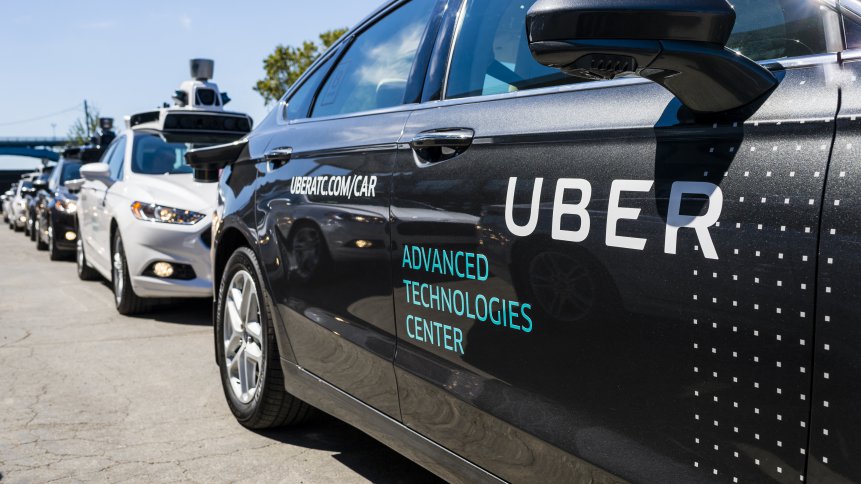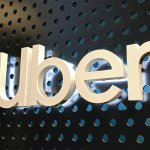Uber revealed it is revving up its app to be a “go anywhere and get anything” service, testing delivery robots, piloting self-driving vehicles, weaving in Google voice commands, and more as people shed their pandemic lifestyles. The San Francisco-based firm unveiled enhancements to its platform as it navigates tough economic conditions but looks to ride a busy travel season.
“After two years of pandemic living, 2022 is looking like a sea change,” said Uber chief executive Dara Khosrowshahi. “One of the busiest travel seasons is upon us, a record-breaking number of weddings will be held this year, and climate is at the center of the global conversation.”
The suite of products unveiled by Uber was intended to help users “go anywhere and get anything,” he added, building on the Uber goal of being an app used for far more than simply summoning rides.
Uber’s annual product event revealed plans for a food delivery service with orders to be fulfilled by driverless vehicles, right alongside a separate initiative for autonomous delivery robots — both services will be made available to Uber Eats users in Santa Monica and West Hollywood in California first.
“Today, we’re talking a lot about travel and reconnecting with places and people you care about,” Uber Rides head of product Jen You told AFP. “But broadly speaking, we want to be your daily one-stop shop for anything, whether it’s for travel, work, social, even personal errands.”
Uber is testing autonomous, electric delivery robots provided by Serve Robotics, a spin-off of Uber 2020 acquisition Postmates, in Los Angeles to shuttle orders from local merchants to customers in neighborhoods, Khosrowshahi said. The autonomous car project meanwhile is a collaboration between Hyundai Motor Co and Aptiv PLC known as Motional, and will be monitored driverless deliveries with Uber adding that “it will be some time before this technology is operated at scale.”
The delivery bots are part of an Uber goal for every ride in North America and Europe to be electric-powered by the year 2030. Inline to accomplish that target, Uber also announced it was launching in its driver app a map of electric vehicle charging stations in the US this summer, and to be rolled globally later this year.
Uber laid out how it is further meshing its Uber Eats food delivery and ride services together in innovative, interoperable ways including by letting riders use the app to have orders waiting at airports or sports stadium restaurants upon arrival in a smattering of locations.
Uber said it is also weaving in the ability to let users connect Google mail, calendar, and digital assistant features into the app to enable voice commands or get help with arranging travel. “These are all part of the ultimate vision to have more touchpoints with consumers across their daily activities,” You said.
Along with its rides service, the company has an Eats food delivery arm that boomed during the pandemic and a Freight platform that matches truckers with shipments in a way similar to how it pairs passengers with drivers. Uber is also adding an option to the app this summer to rent party buses, coaches, and passenger vans Stateside in partnership with rental service US Coachways.
© Agence France-Presse











